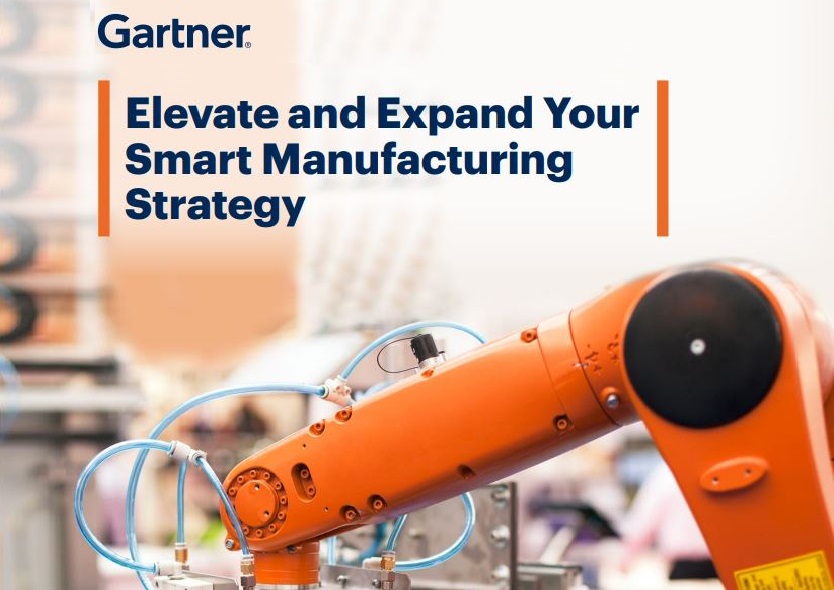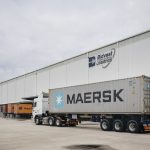Level 1: Drive Savings by Improving Day-to-Day Operations
The first level of value focuses on achieving initial financial returns and operational cost savings using connected factory worker technologies to standardize processes and eliminate inefficiencies.
Level 2: Expand Upon Financial Savings with Data-Driven Insights
The second level of value comes from a data-driven culture where guesswork shifts to insight that drives significant improvements in efficiency and employee engagement, supporting the development of a skilled and adaptable workforce.
Level 3: Shift the Focus from Technology to Human-Centric Workforce Strategy
The third level of value emphasizes a strategic shift towards a human-centric workforce strategy, rather than one centered on technology as the primary driver of improvements. At this level, the connected factory worker strategy serves as the catalyst that connects sustained improvements and the employee experience.
Characteristics of the value captured in Level 3 in shifting the focus from technology to human-centric workforce strategies include:
- Talent Pipeline Development: Organizations must regularly update roles and job descriptions to reflect new responsibilities and competencies. By doing so, companies can facilitate internal talent movement, allowing employees to transition into roles that better match their skills and interests, while also attracting new generations of workers who are seeking dynamic and meaningful career opportunities.
- Formalized Skills Training: Implementing structured and ongoing skills training programs is vital for maintaining a competitive and capable workforce. Organizations should assess current skill gaps and design training modules that address both technical and soft skills, especially through technology that can enhance the accessibility and effectiveness of training initiatives.
- Career Pathing: Establishing clear career paths helps employees understand the opportunities available to them within the organization, fostering engagement and retention. Organizations should work to create transparent career progression frameworks that outline potential career trajectories, and the skills or experiences required for advancement.
- Radical Flexibility: A flexible workforce for frontline workers is effective at engaging and retaining employees, yet leaders hesitate to fully embrace it. Even with pilots for flex work in factories organizations remain cautious about setting flexibility targets for hourly workers due to labor market uncertainty and instead are focusing on succession planning to mitigate more imminent turnover.











